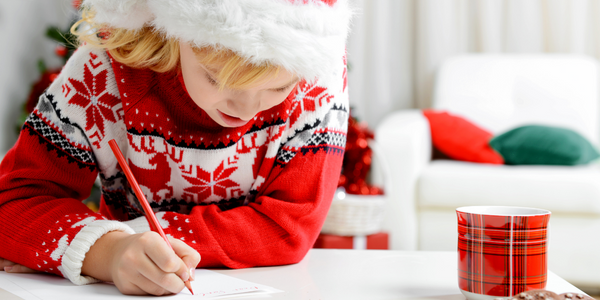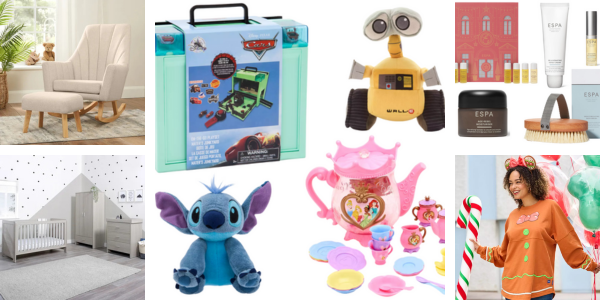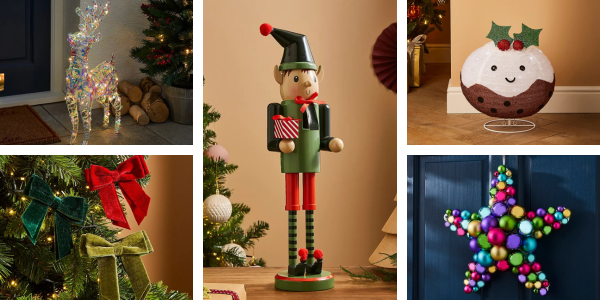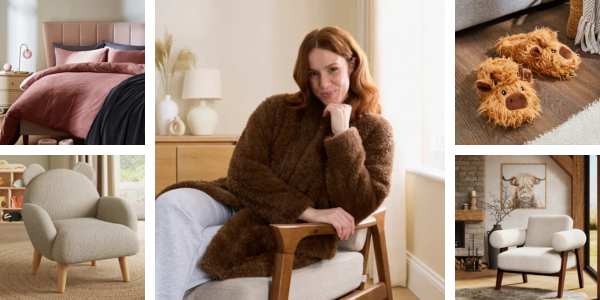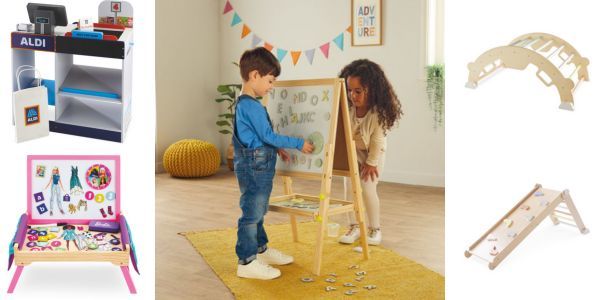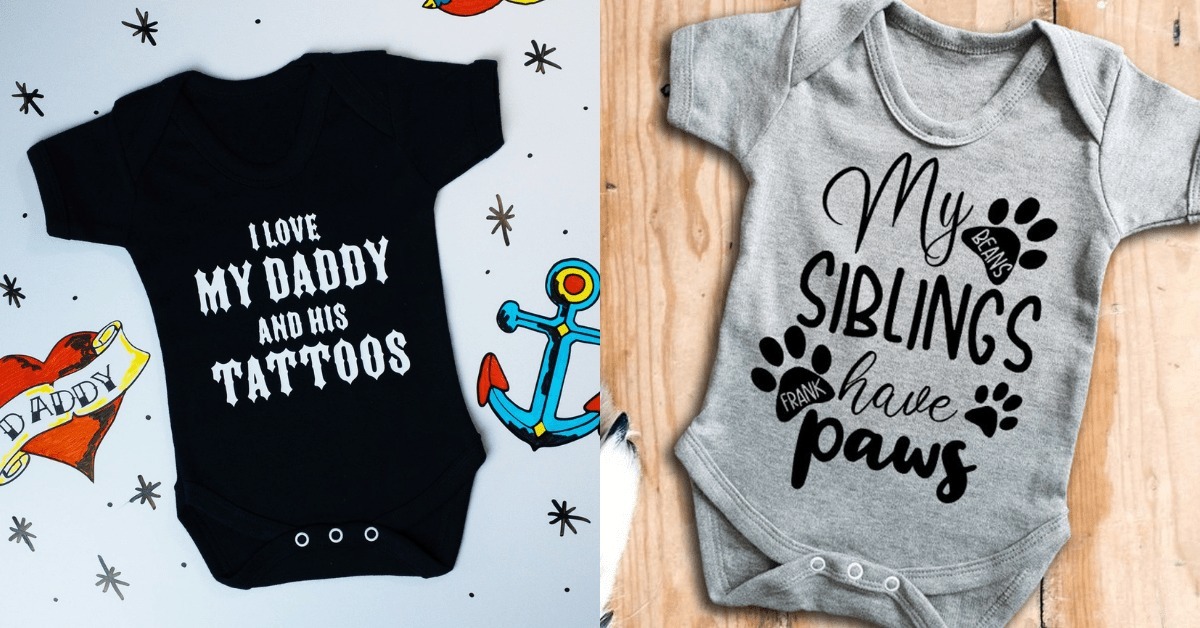.png)
.png)
If you’re thinking about bottle-feeding, either formula or expressed milk, there are a few basics you need to know.
We’ve got you covered from preparing bottles to sterilising and good feeding positions. Remember there isn’t a right way to feed your baby and as long as you’re both happy and healthy you’re doing a great job.
Where do I start with bottle-feeding?
You’ll need some equipment to get you going:
- Bottles (read our best bottles review here)
- Teats
- A steriliser or sterilising liquid/tablets
- Milk - formula or expressed milk
- Breast pump if you’re expressing
- Bottle brushes for cleaning
- Milk powder box for feeds out and about
Clever gadgets like prep machines* can help you make up feeds, but they’re nice to have rather than essential.
And how do I make up a bottle for a feed?
Start by washing your hands. Then clean and sterilise your bottles and teats. There are several ways to do this. Either way, you need to wash the bottles using a bottle brush and check the teat isn’t blocked. Then you can either use a steam steriliser that you plug in or put in the microwave, or use sterilising liquid or tablets or boil everything in a large saucepan of water for 10 minutes.
Then you’re ready to either make up your formula feed or put in expressed milk.
How do I make up a formula feed?
It’s simple, but you need to carefully follow the manufacturer’s instructions and keep things as clean and hygienic as possible.
- Wash your hands.
- Clean down the area you’ll prepare in.
- Get your sterilised bottle and teat ready.
- Boil the kettle - you must use boiled water to make up feeds as it kills bacteria. And never used bottled water, it’s not safe.
- Leave the water to cool - but no more than 30 mins, water must be 70C or above.
- Pour the water into the bottle.
- Add the powder, following the instructions on the packet or box.
- Cool down the bottle so it’s safe for your baby to drink, you can do this by holding it under running water.
- Test the temperature, pop a bit on the inside of your wrist, you’re looking for warm or cool.
You must make up feeds as you need them and chuck anyway any leftover milk as this could make your baby ill.
If you’re out and about then you can use ready to feed formula, it’s expensive but handy if you’re on the move. Just make sure you store it in the fridge and use it within 24 hours once you’ve opened it. Or you can measure up the right amount of powder and carry it in a clean box. Take your sterilised bottle and a flask of boiling water so you can make the feed up on the move. Always check your water is still hot.
If you really need to you can prep a bottle at home, cool it down under running water and stick it in the fridge. When you go out take it with you next to an ice pack. You’ll need to use it within 4 hours.
How do I bottle-feed?
Feeding time is some of the best bonding time you’ll have so get comfy and relax into it.
- Feeding can take a while so find a comfortable chair and choose a position where you won’t have a dead arm after 5 minutes. Never leave your baby alone during a feed.
- Get everything you need within arms reach, a drink, a snack, your phone, muslins to mop up milky burps.
- Support their head and if you can look get yourself in a position where you can look at their face, gently brush the teat against their lips and let them find it. If you’ve breastfed then you can use a similar position.
- Tip the bottle gently so there is always milk in the teat.
- Feed until your baby stops, don’t force them to take more if they don’t want it. They might need to take a break to burp during feeds.
- Chuck any leftover milk.
Most babies will be happy to take a just prepared bottle and you shouldn’t need to warm it up. If they won’t take a cooler feed you can use a bottle warmer or pop the bottle in a bowl of warm water. Never use a microwave to warm up a bottle and always check it’s not too hot.
What about burping?
Babies tend to get wind during their feeds and might need help to get it out. You might need to stop mid-feed to do this or after. Some babies don’t need winding, but it’s a good idea to make it part of your feeding routine.
You can either put your baby upright on your chest so their head peeks above your shoulder or lie them tummy down on your lap. You need to support their head and then gently rub or pat their back until that burp comes up. Don’t be surprised if a bloke sized noise comes from their tiny body.
What formula should I choose?
There isn’t a right answer to this so it’s a matter of trying a few to find the one that works best for you. You can switch between formulas but it can take a few days for your baby to get used to it so don’t chop and change every day.
If your baby is sick a lot, has diarrhoea after a feed or isn’t putting on weight then chat to your health visitor or GP.
You can feed with formula for their first year and then switch to cow’s milk, you don’t have to buy follow-on milk.
How much milk does my baby need?
Your baby has a teeny tummy so they only need a little bit of milk to start with. The NHS says most babies need around 150 to 200ml for every kilo of their weight a day, from the end of their first week until they’re six months old. But every baby is different and the amount they want can go up and down, especially if they’re teething, poorly or having a growth spurt.
It’s best to feed as and when your baby wants. You can’t overfeed them as they’ll either barf it up or turn their head away.
What bottles should I use?
It depends on your baby and you might need to mix and match between bottle and teat types. There’s no magic best bottle so it’s a case of finding the right one of you. Read our best bottles review.
I think my baby has reflux or colic
It’s normal for your baby to have a bit of a fuss during feeds, to squirm around a bit and burp up a bit of milk. They can also barf up entire feeds if they drink too quickly (check your teat hole size) and if they don’t know where their food off-switch is and they eat too much. Some babies are just a bit pukey and you’re better off sitting them up after a feed.
But what’s not normal is if your baby is in distress during or after every feed and chucks up every feed. Especially if they seem to be in pain. This could be reflux or a more serious feeding condition and you need to speak to your health visitor or GP.
If your baby cries a lot but doesn’t seem to have any other health problems, this could be the dreaded colic. Your baby can get full-on rage with colic, and you might see them pulling up their knees or arching their back.
Colic is another one of those baby mysteries, no one quite knows what causes it. It can be caused by milk allergies or reflux, or simply stuck farts and burps.
Crying going on for hours? Talk it over with your GP, health visitor or midwife.
How long should I carry on bottle feeding?
You can use a bottle until your baby turns one but any longer isn’t good for their teeth. Try introducing a cup or beaker from about six months. You can start with water if you don’t fancy milk splashing everywhere but do keep up with the milk feeds until their first birthday. You can swap to cow’s milk when they reach that age too.
New baby and want some help and support? Join us on Facebook, 70,000 + mums who know exactly where you’ve been.

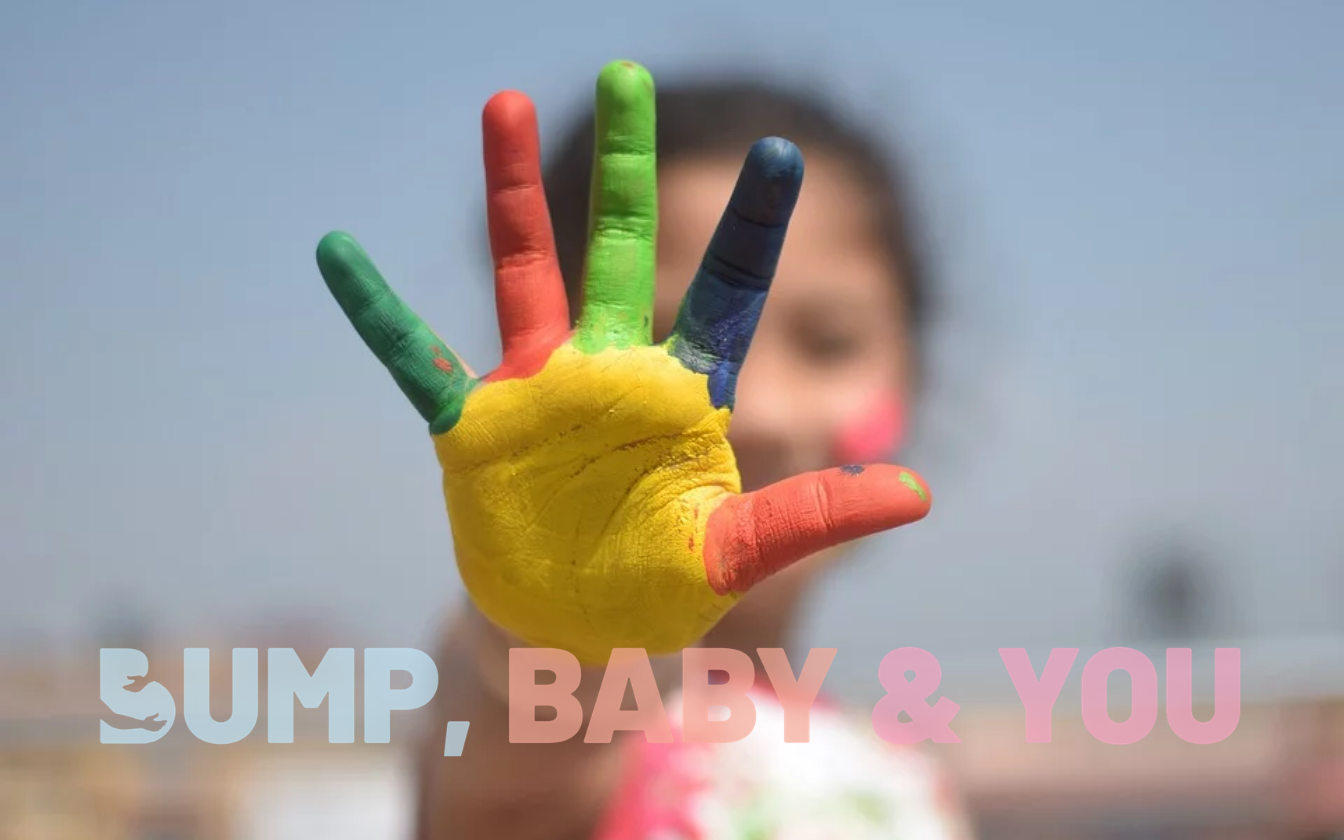
.png)
